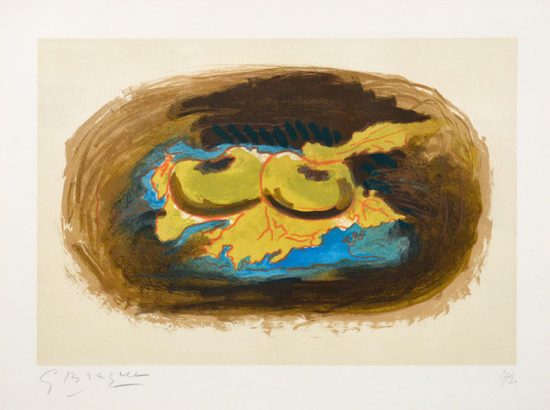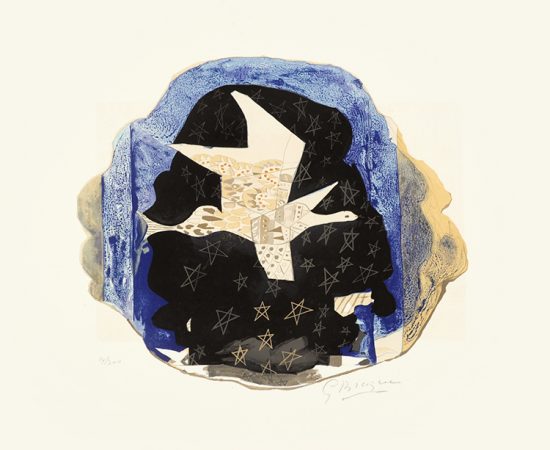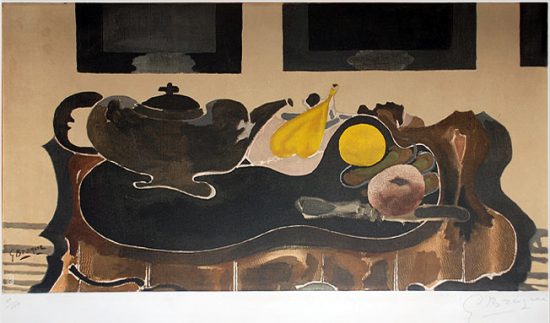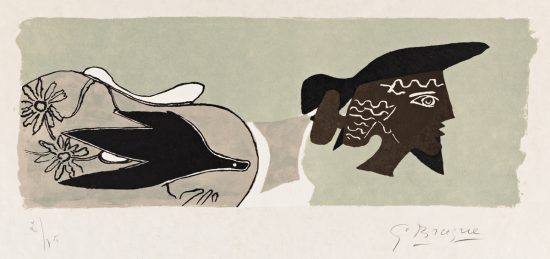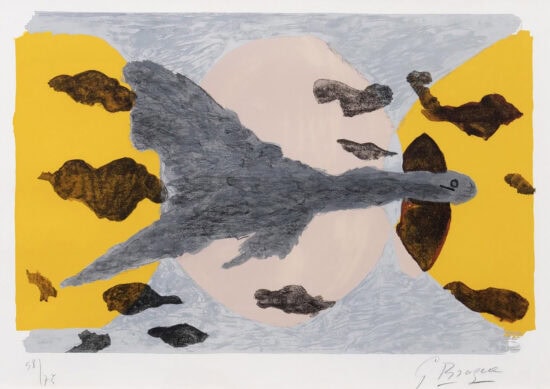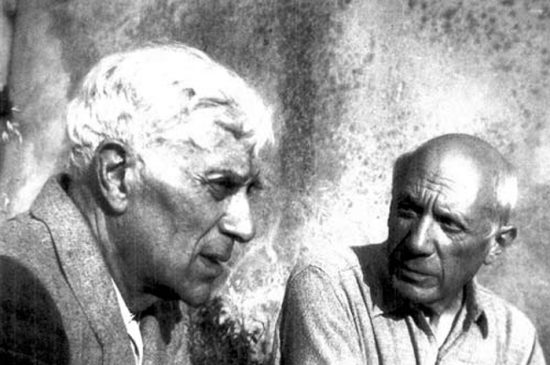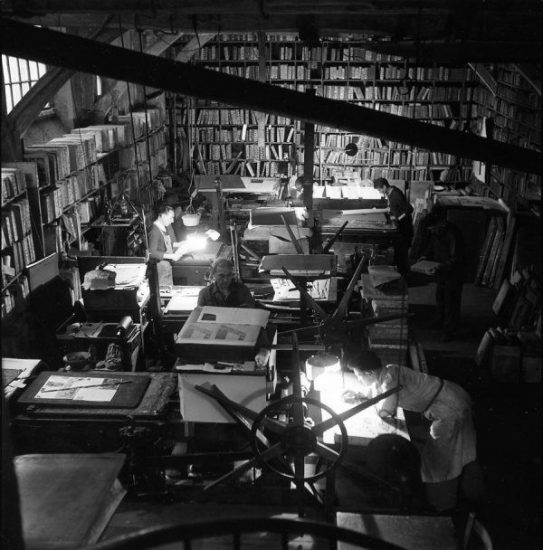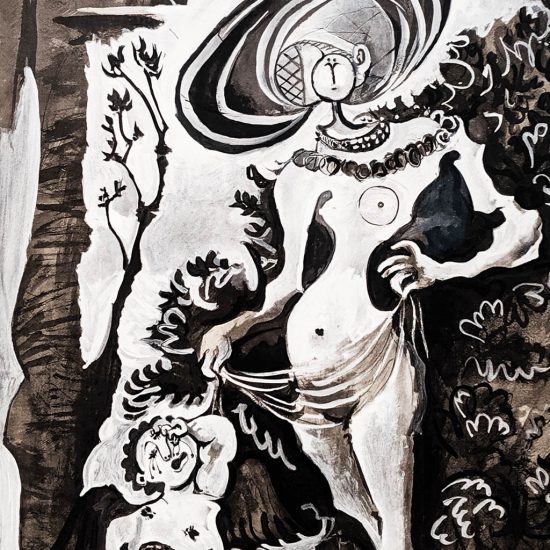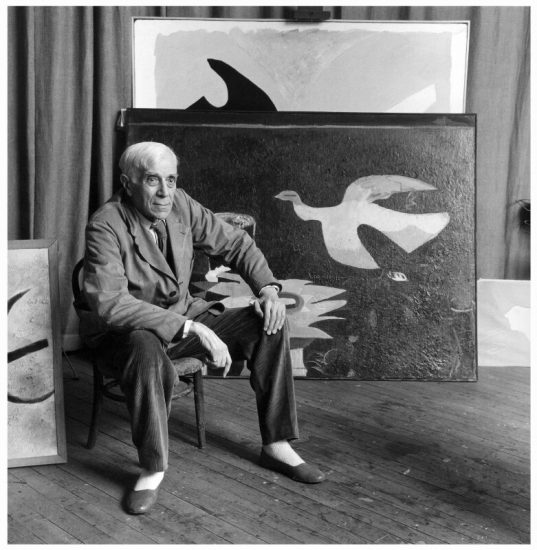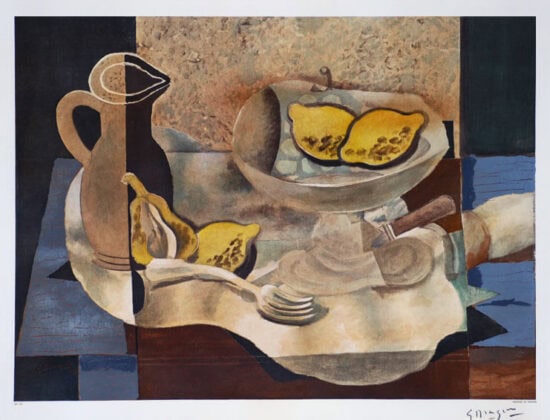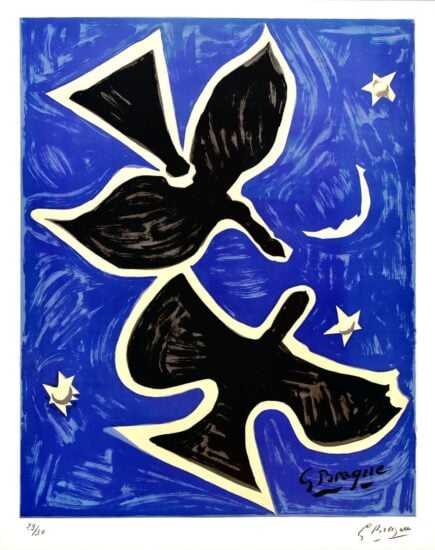In his later years, Georges Braque Flowers found lyrical beauty as a subject matter, transforming simple still lifes into meditations on harmony, renewal, and the quiet power of nature. After pioneering Cubism with Picasso, Braque turned toward a softer, more spiritual vision, using bouquets and vases to explore balance, texture, and light with serene restraint.
For Braque, flowers symbolized peace and rebirth — a poetic response to the turbulence of the modern world. Their fragile beauty allowed him to express his philosophy that art should “add something to nature,” not merely imitate it. Through subtle tones and measured composition, his floral paintings became expressions of calm and continuity.
Major examples of Braque’s flower still lifes can be found in the Centre Pompidou, Musée d’Art Moderne de Paris, MoMA, and Tate Modern, where they stand as quiet testaments to an artist who, after transforming modern art, sought the eternal in the simplest forms of life.

